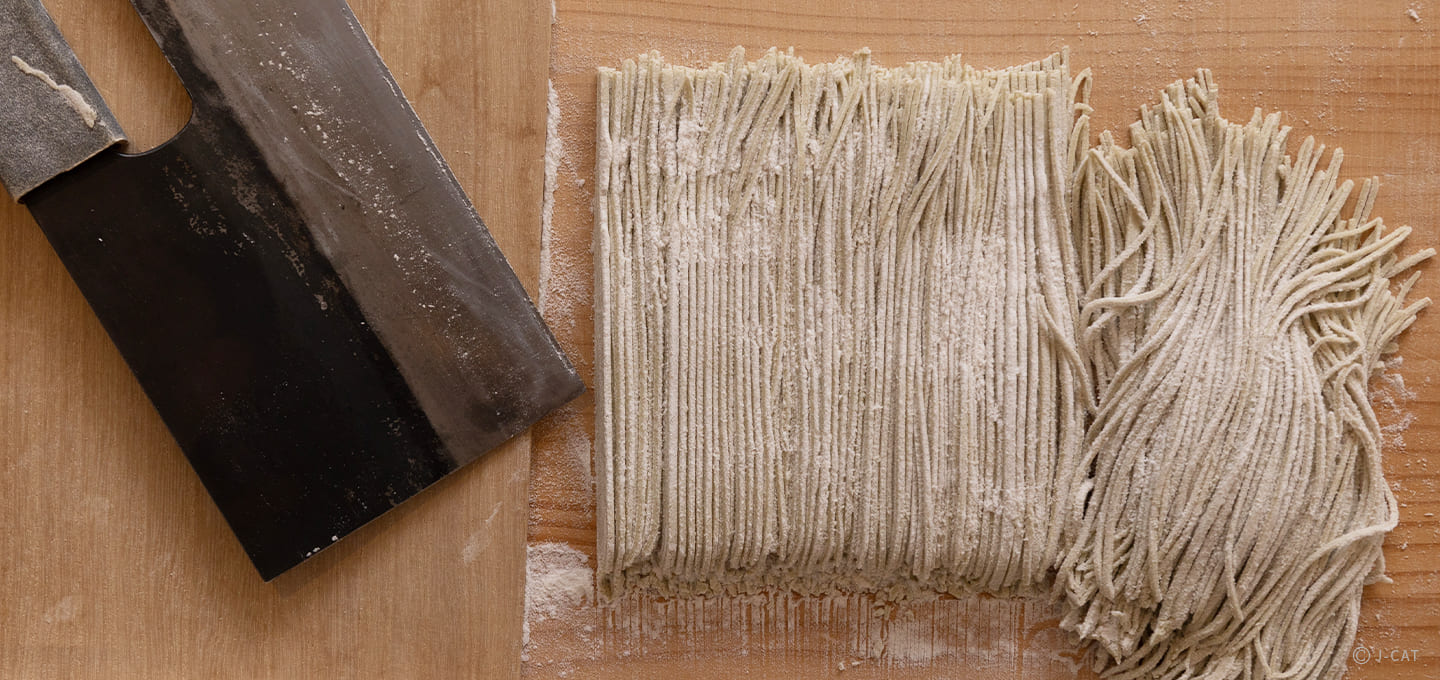
Special Experience
Tokyo
Make a Traditional Comfort Food your Own: Hand-make Soba Noodles the Classic Way, with an Eminent Soba Master
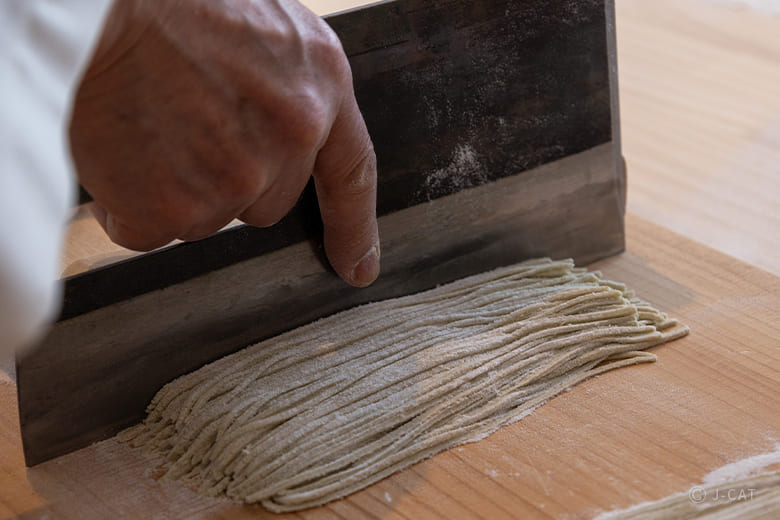

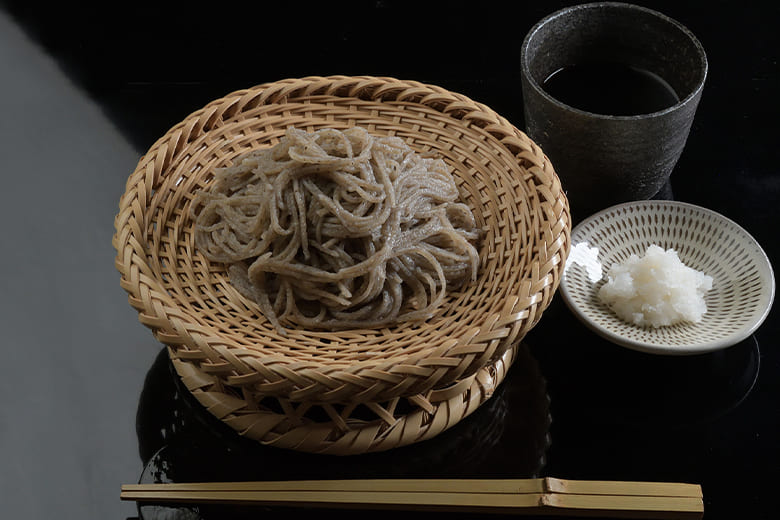
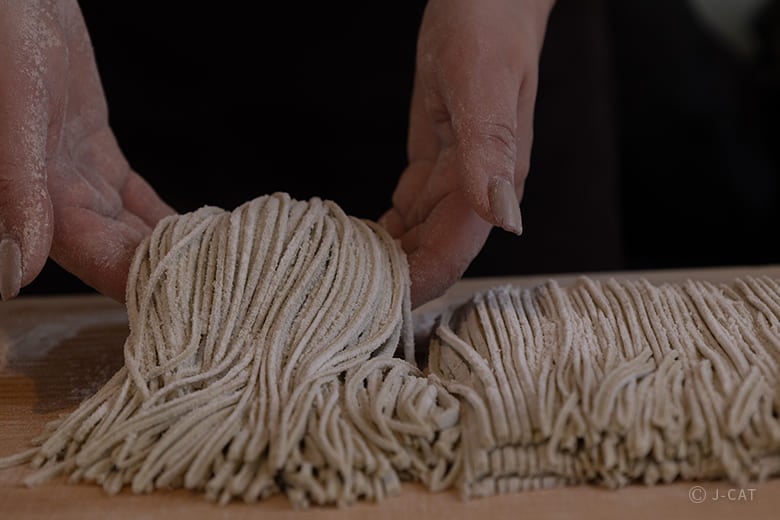
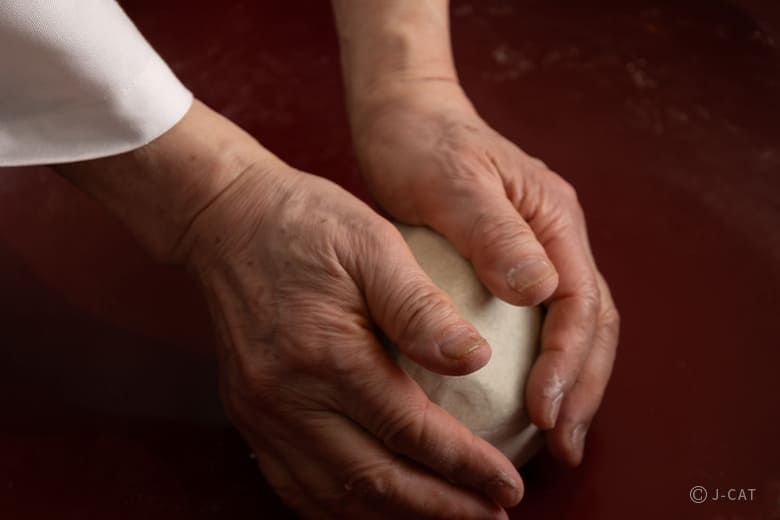
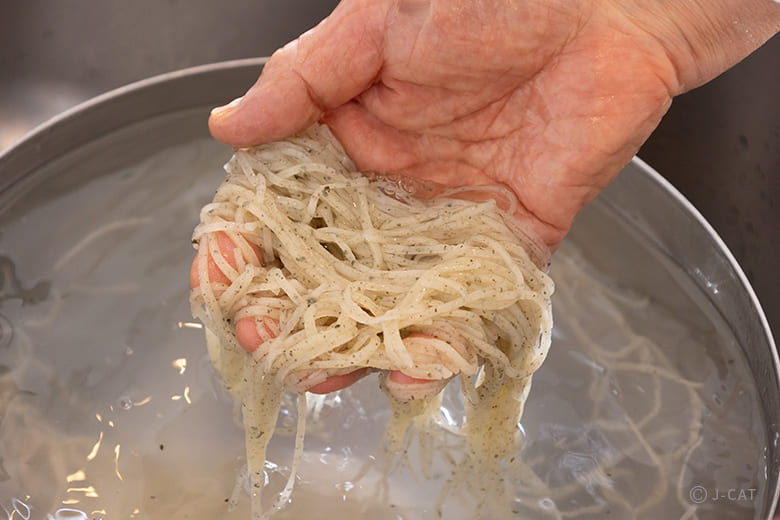
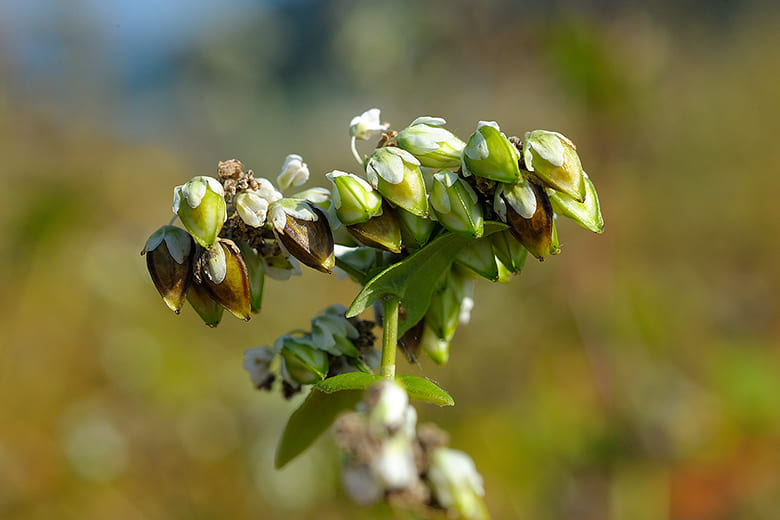
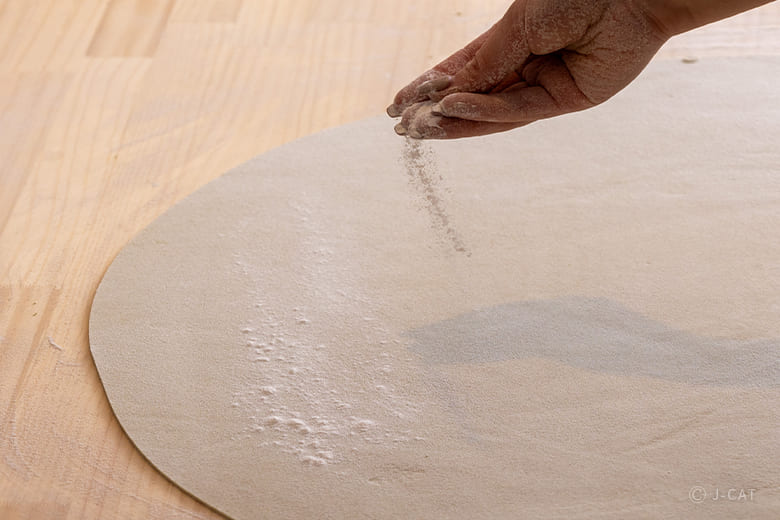
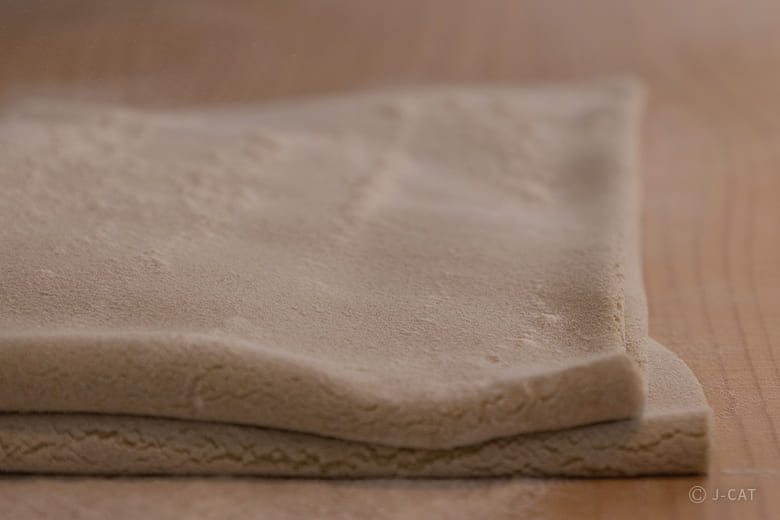
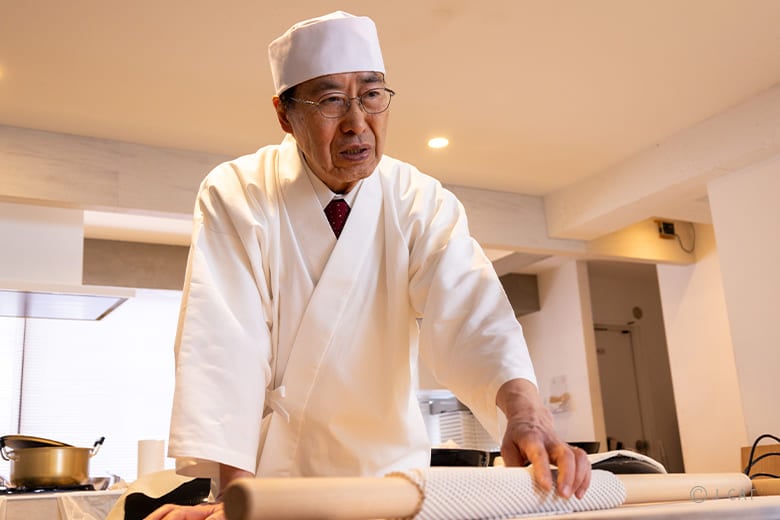
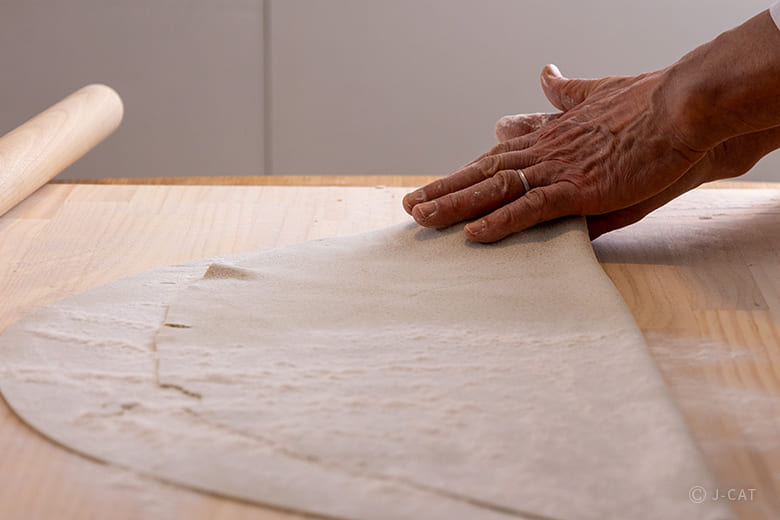
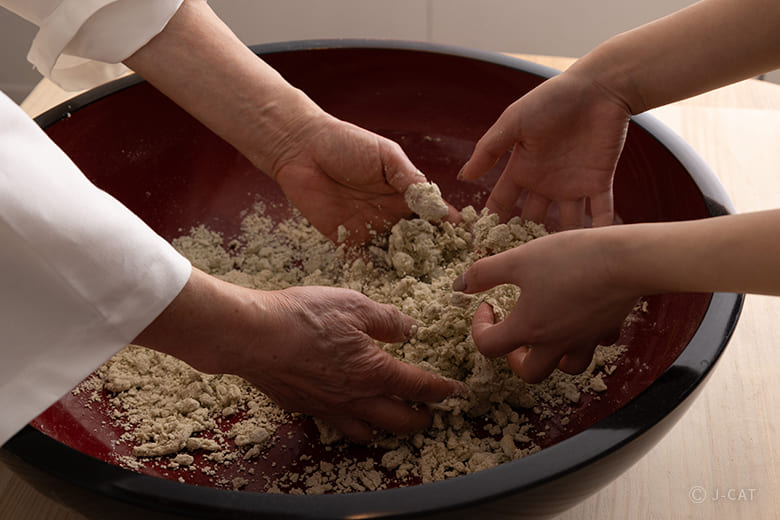
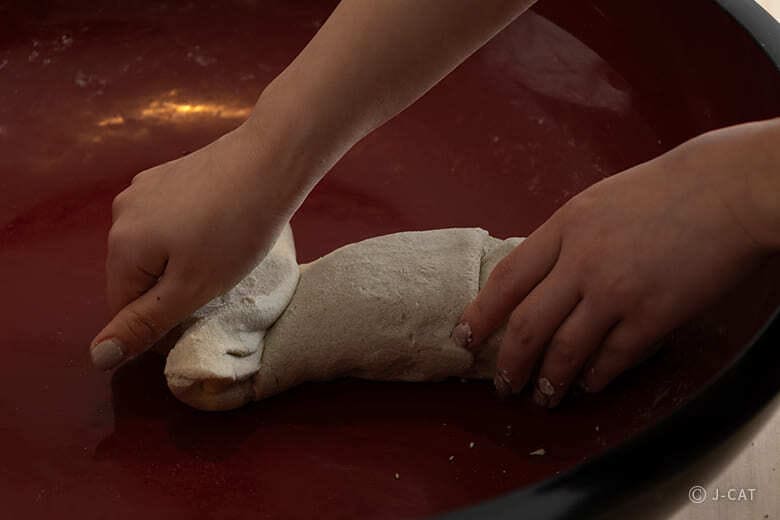
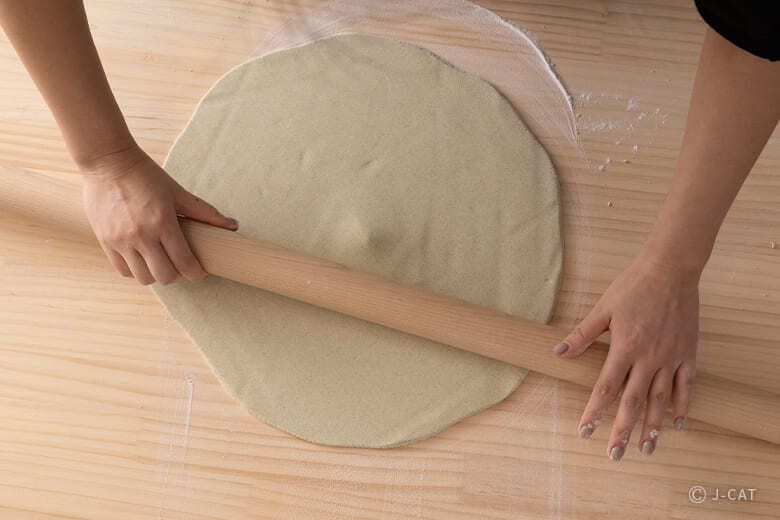
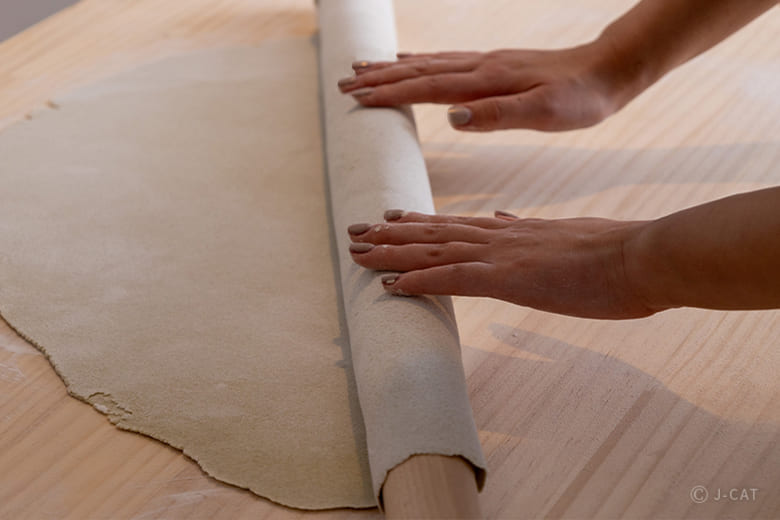
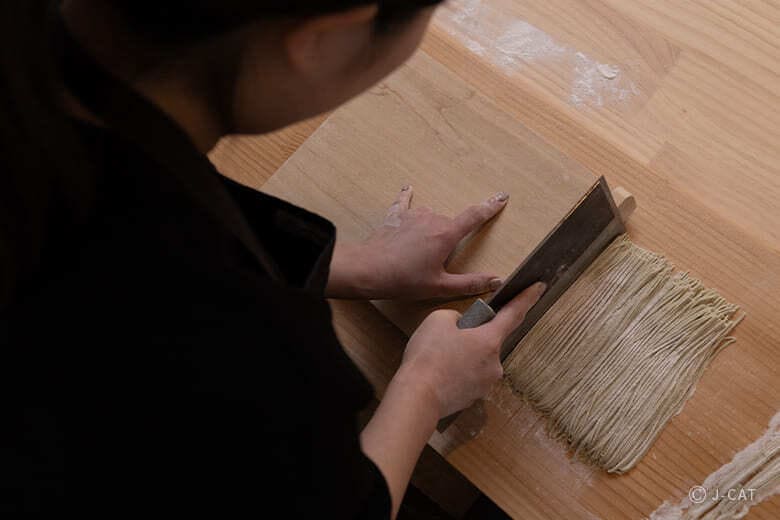
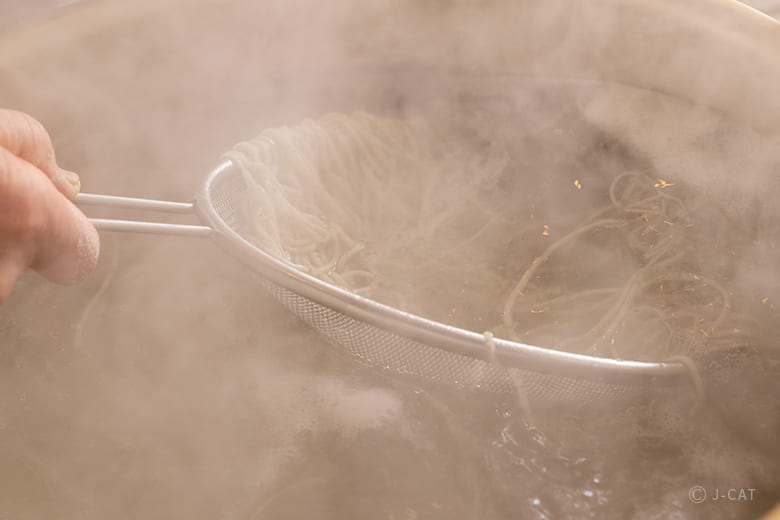
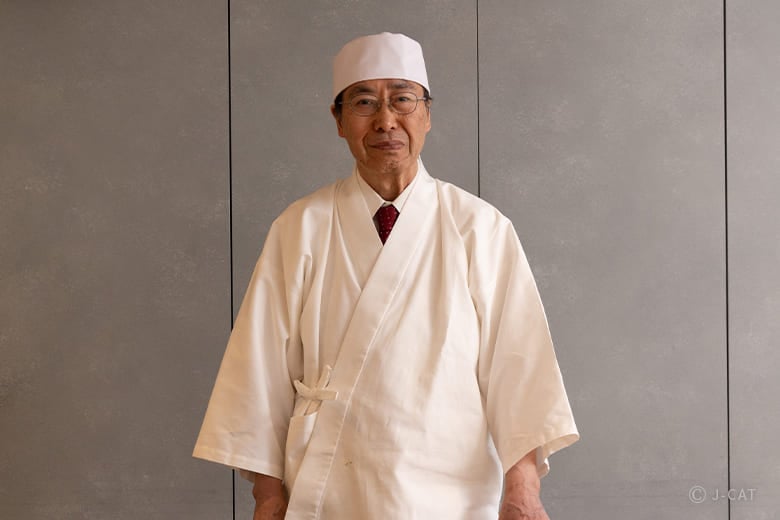
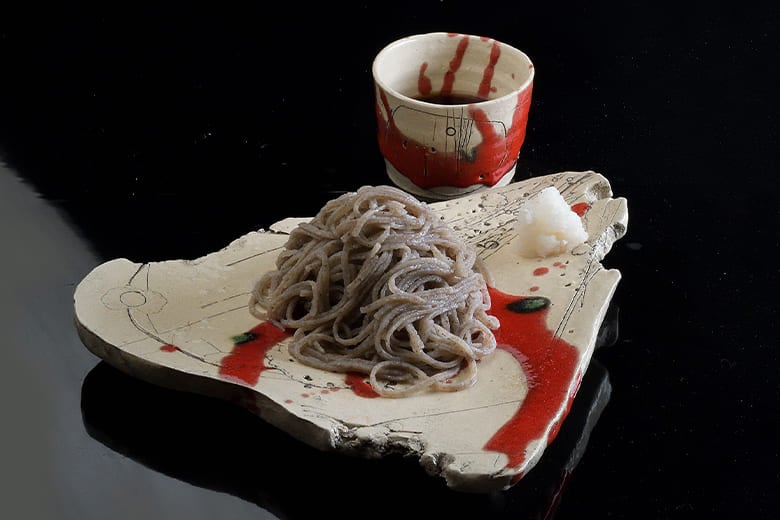



















Overview
Soba is a comfort food that the average Japanese person simply can’t live without. It has also recently begun to garner attention abroad for its balanced nutritional profile. In this plan, enjoy not only eating some of the best soba in Japan, but also making it yourself. Delight in the rare opportunity to prepare soba using authentic ingredients and traditional methods dating back four centuries.
Key Features
・Learn the craft of soba-making from Toranosuke Katayama, chairman of the Soba Preservation Association of Japan, one of the country’s top soba makers.
・Make gourmet Nihachi soba from Katayama’s own recipe.
・Soba noodles can even be made gluten free, using 100% buckwheat flour for groups that request it.
・As a group-centered experience, this is perfect for enjoying with family and friends.
Tokyo
180mins
from ¥239,000 /group
1 - 20 participants
Available in English
No cancellations after booking
Details
Learn Soba Preparation from Toranosuke Katayama, Missionary of Soba
While soba stands alongside sushi, tempura, eel, and other traditional Japanese classics, it also has some unique cultural practices associated with it – such as being traditionally eaten for dinner on December 31st in a meal referred to as “toshi-koshi-soba,” or “year-passing soba.” As chairman of the Soba Preservation Association of Japan, Toranosuke Katayama has conducted research deep into the historical origins of this food and its place in the culture, and works tirelessly to share its extraordinary delights with the world.

Katayama demonstrating soba preparation
Katayama, a master soba chef and one of Japan’s leading soba experts, has become something of a media celebrity for his original research on soba’s history and cultivation, culminating in the revival of soba production methods from four centuries ago. Today, he works to spread awareness of these traditions and teach them to soba restaurant proprietors all over Japan.

Buckwheat seeds, which are dried and ground to make flour
Katayama’s research into soba began some 30 years ago, and has taken him far and wide such as to the far-flung mountainous countryside of China, from which he returned bearing word of Tatar Soba (known in Japanese as dattan soba), previously unknown to the general public in Japan. He has published numerous books on the subject.
Katayama’s research revived the original traditional method of soba production, which had been lost to modern mass production and consumer culture. The traditional technique he rediscovered, called “ippon-bo-maru-noshi,” is perfect for drawing out the full flavors of the noodle. You can learn it for yourself in this experience.

Soba flour, carefully selected from indigenous varieties all over Japan
A Unique Method for Moistening Dough to Make Mouthwatering Soba Noodles
Katayama begins the experience by explaining all about soba and its place in Japan. His photo tour of the history and classifications of soba will teach you everything you need to know, before you watch his demonstration of how to make it.

Learn Katayama’s original techniques firsthand
Guests in this experience can also enjoy Katayama’s famed “Van Gogh Nihachi Soba,” a recipe he created after being so moved by seeing the Dutch artist’s work in person at an exhibition that he wondered if it was possible to create a dish as emotionally evocative as a Van Gogh painting. After a great many revisions, he arrived at the current final version of his soba dish, named in honor of its inspiration.
Soba making begins with mixing buckwheat flour into a bowl of water. Stir and mix it in so that all the water is absorbed and all the flour has been saturated, then roll the resulting dough into a ball very gently.

Roll the dough together, drawing air into it without using too much pressure
Move the ball of dough to a pastry board and roll it into a disc. Gentle finesse is key, so take care not to apply too much pressure. Once your circle of dough reaches about 30 centimeters, switch to the rolling pin to achieve a thinner disc.
A Classic Technique for Classic Soba Flavor: Ippon-bo-maru-noshi
Modern soba rolling genuinely uses a technique called san-bon-bo, literally “three pins,” which as its name suggests involves using three wooden pins. This experience uses the older technique of ippon-bo-maru-noshi, literally “single-pin whole-rolling,” which prizes flavor over production efficiency.

The secret to uniform thickness of noodles is to roll the dough to a uniform flatness
The chief difference between the techniques is that the three-pin method rolls the dough with firm pressure from above, while the single-pin method rolls the dough so that it wraps around the rolling pin and presses it thin with gentle pressure to minimize crushing and retain as much flavor as possible.

Wrap the rolling pin in the dough, stretching it and spreading it
Both hands must work in concert to achieve the desired rolling technique. Once the dough is wrapped around the pin, form a circle with your left thumb and index finger, and hold the pin so that it can roll around within this circle. As you do this, use your right hand to roll the pin forward. After a single pass, change the angle and direction of the rolling pin and re-wrap the dough before repeating the process. This ensures a consistent thickness while rolling.
The Decisive Step: Boiling
When the diameter of your disc of dough reaches about 80cm, the time has come to fold it and move on to cutting. Work atop a komaita noodle board to cut the soba dough into strips about 1-2 millimeters in width, using rhythmic strokes. “Rolling and cutting can both be difficult before you get the hang of them. But even if your noodles aren’t perfectly pleasing to the eye, the single-pin whole-rolling method and the right tools ensure that they will still make a delicious meal,” says Katayama. “In the beginning, really the most important thing is just to find the joy of the process.”

Concentration is key when cutting each noodle to an even width using a komaita noodle board and a soba knife
When your noodles are cut, all that remains is to boil them. This is really the make-or-break moment. Per Katayama: “A mistake in boiling will ruin even perfect noodles made from perfect buckwheat.” In the hierarchy of soba restaurants, boiling is always handled by the restaurant’s most experienced cook. There is no overstating how crucial this step is in making delicious soba noodles.

Briefly cooking the noodles in hot water ensures they retain their delicious aroma and flavor
Once your noodles are cooked, it’s time to eat. Delight in your freshly made soba with Katayama’s special broth. Soba is traditionally eaten with grated daikon radish as a condiment rather than wasabi, as the latter tends to overpower the flavor of the soba itself.

Fresh-made soba is a truly a treat
“You’ll be making soba using traditional techniques and the finest buckwheat flour,” says Katayama. “I want my guests to enjoy the flavor of authentic soba that even many Japanese people today have never experienced.” And just as he says, his approach is an opportunity to delight in soba that might very well revolutionize your concept of what soba is or can be.
Soba: Know It, Make It, Taste It
Katayama uses indigenous buckwheat rather than selectively bred varieties, and mills the flour himself for this experience. His attentive eye to every little detail helps participants learn all about soba and how to make it in this unique experience using hand-milled buckwheat flour and the ancient traditional technique of ippon-bo-maru-noshi, or single-pin whole-rolling. Savor the flavorsome soba of a truly classic recipe, and enjoy the taste of soba as it was prepared four centuries ago, not long after its invention.

A rare opportunity to eat soba noodles you cut yourself
Katayama wants to raise awareness of the charms of Japanese soba in the wider world, and share the true flavor of these traditional noodles with people from every corner of the globe. Delight in a rare opportunity to discover the essence of fine Japanese soba – something that even many modern Japanese people have lost touch with.
Toranosuke Katayama

Toranosuke Katayama
A soba expert who has devoted himself to buckwheat noodle research and popularization, with the stated goal of both ensuring their passage down to the next generation in Japan as well as raising awareness and appreciation for them around the world. His research is extensive, covering everything from the history of buckwheat and soba, to its cultivation, milling into flour, forming into noodles, and cooking. He founded the Soba Preservation Association of Japan in 2007, and today the organization also offers certification in such areas of expertise as appraiser and master of traditional Japanese preparation techniques.
Location
Crescent Toranomon
Minato ward, Tokyo
Request for booking
Select first preferred date (JST)
December 2025
Sun
Mon
Tue
Wed
Thu
Fri
Sat

Instant Booking

Request Booking

17
Full

17
Unavailable
Tokyo
180mins
from ¥239,000 /group
1 - 20 participants
Available in English
No cancellations after booking
Things to know
Contact Us
If you have any questions, please contact us using the form below.
We also accept bookings from corporate clients and travel agencies.